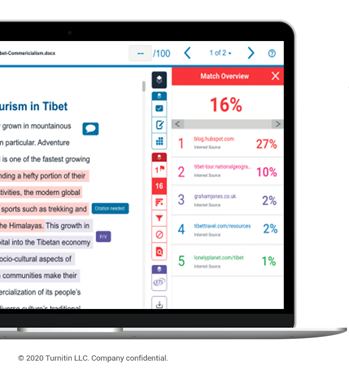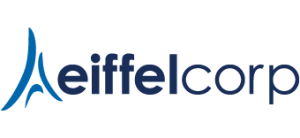
Equipped to Fight Plagiarism
“When a society’s educational institutions are infused with integrity, they help create a stronger civic culture for society as a whole.”
International Centre for Academic Integrity
The Age-old Challenge of Academic Misconduct
Although universities and higher learning institutions have been fighting against academic misconduct among students, academics and staff, it remains a challenge. The result of course is mistrust of both students and educators.
What is Plagiarism?
Plagiarism has many shapes and forms, but it boils down to any one person using the words ideas or work products of another identifiable person or source, without attributing this to its original source; in a situation where there is a legitimate expectation of original authorship; in order to obtain some benefit, credit or gain – which need not necessarily be of a monetary nature (Fishman, 2009). In short, when students try to pass off others’ work or ideas as their own.
The temptation to draw on resources in a dishonest manner during exams, assessments, projects and so forth, has been ascribed to pressure placed on students. Sometimes students aren’t even aware that they are committing plagiarism as they reference all sources. In other cases, it is simply to find dishonest ways to submit work – often disregarding the impact of not acquiring their qualifications in an honest manner may have on their future (or on others). (Read more on why students plagiarise here)
How to Tackle Plagiarism
Plagiarism is not a new concept – over the years it has just become easier to copy other ideas due to the easy access to information, other students’ work or paying someone else to do the work for him or her.
Rather than implementing stricter policing tools, educators should find ways to identify and address the root of the problem. And institutions should guide this process with policies and processes. The key focus should be on raising awareness of what academic integrity is and how to uphold it, to educate and support students through building their skills around research, citation, writing and academic integrity practises. Through this, institutions also protect their values and ultimately their credibility.
Equipped to Build a Culture of Academic Integrity
Turnitin helps both students and educators limit plagiarism and encourages original writing. There are various solutions offered by Turnitin to help guide this process at every step of academic writing.
The reasoning behind this is that in order to create a culture of fairness, students need to understand how to act with integrity. Educators need the tools to efficiently act with fairness in mind, helping students to help understand the importance thereof. Institutions need insights that can secure integrity as part of every aspect of the education they provide their students.
In essence, Turnitin’s solutions provide insights to the right people at the right moment, so that they can respond proactively. This is achieved through presenting data and insights within teaching and learning tools.

Figure 1.1: Turnitin Solutions
How does Turnitin Similarity Work?
Turnitin Similarity is not an anti-plagiarism tool. Rather, it checks for the level of similarity in a research report or assignment. Once flagged, the educator can investigate whether work is cited correctly or not.

Figure 1.2: Flagged citations
Here is how the process works. A typical submission made to an assignment in Turnitin generates a Similarity Report. The Similarity Report is the result of comparison between the text of the submission against the search targets selected for the assignment; this may include billions of pages of active and archived internet information, a repository of works previously submitted to Turnitin, and a repository of tens of thousands of periodicals, journals, and publications. Any matching or highly similar text discovered is detailed in the Similarity Report that is available in the assignment inbox.
The similarity score is a percentage of a paper’s content that matches Turnitin’s databases; it is not an assessment of whether the paper includes plagiarised material or not.
Key features
- Color-coding, filters, and source comparison for easy interpretation.
- Data insights to show deliberate text manipulation.
- Compare against the industry-leading database of content for comprehensive results.
- Integrates with today’s top learning management systems, collaboration tools, and single-sign-on services.
Which Plagiarism Solution is Right for You?
This buyer’s guide will help you find the plagiarism-checking solution that meets your institution’s needs and instructional goals.
Resource
https://www.turnitin.com/products/similarity
Fishman. T. (2009) “We know it when we see it” is not good enough: toward a standard definition of plagiarism that transcends theft, fraud, and copyright. Paper presented at 4th Asia Pacific Conference on Educational Integrity, 28–30 September 2009, University of Wollongong, NSW, Australia. https://www.bmartin.cc/pubs/09-4apcei/4apcei-Fishman.pdf (Accessed: 13 February 2019).
International Center for Academic Integrity: Fundamental values of Academic Integrity (2019) Available at: https://academicintegrity.org/fundamental-values/ (Accessed: 15 January 2019).



